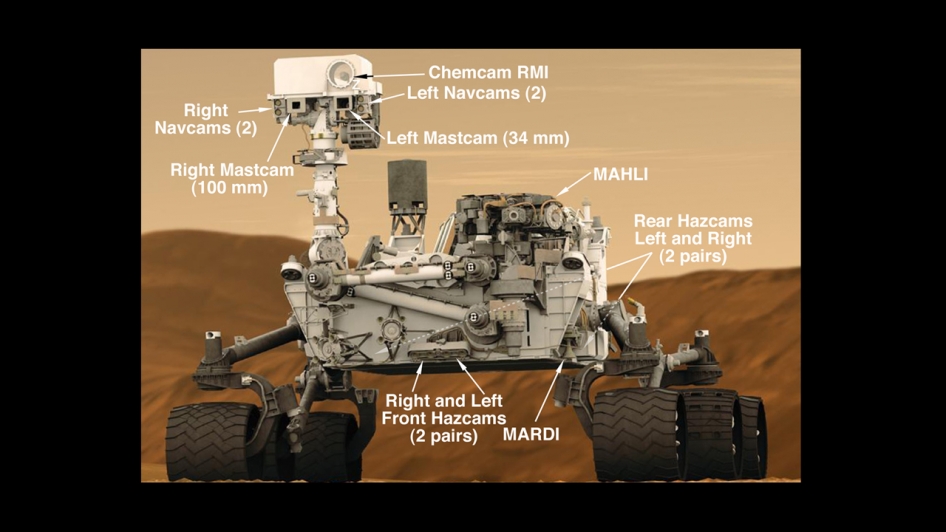Cloud of concepts
Compilation films (Jay Leyda: Films beget films – 1964
Print films:
Found Footage /Archival (footage) Films / Film Essay/ Collage film
Digital films:
Mash-up/ Recycled Footage / Remix Film
According to Jay Leida, The Fall of the Romanov Dysnaty is an example of compilation in film.
Esther Schub / The Fall of the Romanov Dynasty 1927
“Being passionate about showing historical facts and not merely staged reenactments, Shub created her film entirely from historical footage filmed in pre-revolutionary Russia and Europe between 1913 and 1917. The result – which came to be known as Padenie Dinasti Romanovykh (The Fall of The Romanov Dynasty, 1927) – became a big success, both in its own time and beyond. The film redefined the idea of montage documentary and even prompted claims that Shub had “established a specific cinematic genre, the so-called compilation film.”1 While the latter is highly debatable, because films of this kind appeared long before 1927, Shub’s approach to selecting film material and the editing methods she used in The Fall of The Romanov Dynasty certainly set the work apart from its compilation film predecessors.” In Senses of Cinema.
Films and the archives: a tense relatioship
First impressions
“Films excavate from the past”
“Rare archival footage”
“Archives to be mined by filmmakers”
“Historical appropriated films”Appropriation: positive and negative aspects: see the dictionary: https://www.merriam-webster.com/dictionary/appropriation
Montage = edition
Changing meaning by editing with films from others.
Problem 1: Montage (Kuleshov Effect)
Problem 2 : appropriation
Kuleshov effect: “Any montage sequence in which the relationship of two adjacent shots appears to be particularly meaningful. In what has come to be referred to as the Kuleshov (or Kuleshov-Pudovkin) experiment (allegedly c.1919), the Russian film-makers Kuleshov and Vsevolod Pudovkin (1893–1953) claimed to have assembled a sequence of disconnected shots from library footage, intercutting the same shot of the apparently expressionless face of a famous Russian actor with close-ups of a bowl of steaming soup, a dead woman lying in a coffin, and a little girl playing with a toy bear”
Effect explained by Alfred Hitchcook
“Archival documents—if the viewer recognizes them as such in an appropriation film—thus always generate a sense of multiple contexts and double meaning, even if these are vague and indeterminate. In other words, the very fact of the recontextualization of the found document in an appropriation film creates the opportunity for multiple readings of that document”. Jaimie Baron in The Archive Effect. P.118
Reading: The Archive Effect: Archival Footage as an Experience of Reception : Introduction.
List of Found Footage films:
Alain Resnais – Night and Fog – 1956
https://www.youtube.com/watch?v=wTBwpKB16gA
Chris Marker – Letter from Siberia – 1957
“The film moves with gleeful but not mocking irony from live action to simple cell animation, so the description of a scientific expedition to uncover frozen mammoths in the tundra looks eerily like something from South Park! ” In Senses of Cinema.
: https://www.youtube.com/watch?v=tN1XWKULjfQ
Alexander Kluge: Die Patriotin / The Patriot (1979)
https://www.youtube.com/watch?v=ZRuQ3SUgSSk
Woody Allen – Zelig – 1983
https://www.youtube.com/watch?v=qUW8JsLDsNo
https://www.youtube.com/watch?v=5q8kZKpVaDg
Matthias Müller – 1990 – Home Stories
“A collage of Hollywood melodramas of the 1950s and 1960s, filmed directly from the television set. The constantly recurring motifs of suspense and clichés of plot make it possible to move seamlessly among scenes from different films with different protagonists: uneasy sleep, getting up, listening at the door, turning on the lights, being startled, etc.” In Media Art Net
http://www.medienkunstnetz.de/works/home-stories
Harun Farocki – 1993 – Videograms of a revolution
https://www.youtube.com/watch?v=zrQaPPETpR4
Douglas Gordon – 1993 – Psycho
https://www.youtube.com/watch?v=UtLg5TqqVeA
Jean-Luc Godard and Jean-Pierre Gorin: Letter to Jane (1972)
“The film is also a model lesson on how to read any photographm how to decipher the un-innocent nature of a photograph’s framing, angle and focus”. Susan Sontag, On Photography – p. 108
https://www.youtube.com/watch?v=gLTJ664s5YU
Ken Burns – Civil War – 1990
https://www.youtube.com/watch?v=_8w02jBO6nY
Chris Marclay – Telephones – 1995
https://www.youtube.com/watch?v=2MMfgRg53SU
Harun Farocki – 1997 – Still Life
https://www.youtube.com/watch?v=y_mbZO92y3Q
Joel Pizzini – Glauces, a face study – 1998
https://www.youtube.com/watch?v=rqxMxPwG3dU
Omer Fast _ CNN Concatenated – 2002
https://www.youtube.com/watch?v=IID_XUsl0JM
Chris Marclay – quartet – 2006
https://www.youtube.com/watch?v=9VmXoeZir7A
Chris Marclay – The Clock – 2010
https://www.youtube.com/watch?v=xp4EUryS6ac
Joaquim P. Andrade – Garrincha, Alegria do Povo – 1960
https://www.youtube.com/watch?v=1N7JEWA18Ls
Orson Welles – F for Fake – 1973
https://www.youtube.com/watch?v=gIVgUjj6RxU
Melinda Stone – Somewhere in time, San Francisco Market St, Side By Side Comparison – 2005
https://www.youtube.com/watch?v=YElvjNXmg58





